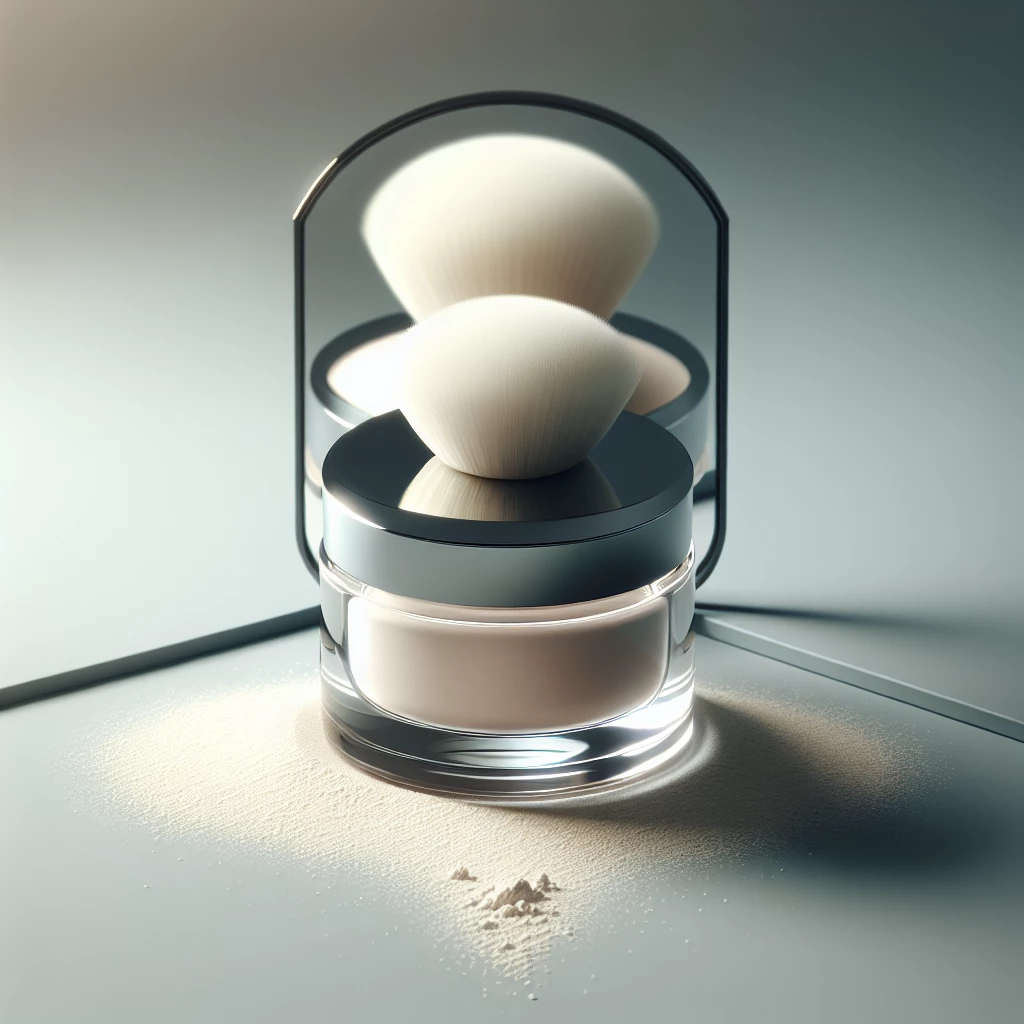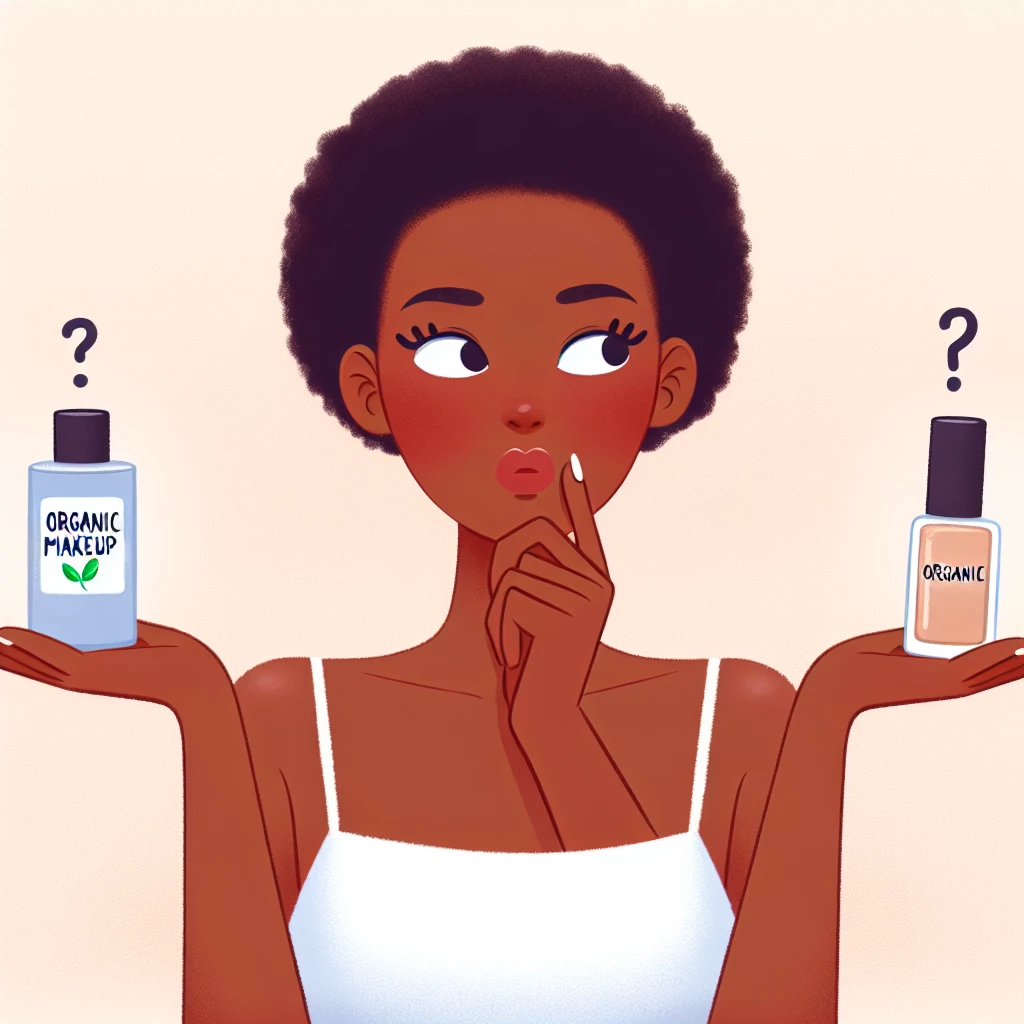Welcome Makeup Queens! Today we are going to embark on a journey of color theory in makeup, revealing the secret ingredient propelling the world's best artists. Ever wondered how these professionals create that flawless look, highlighting your natural beauty and enhancing your features in a way that's just perfect? It's an exploration of colors at its core, a simple yet essential element that can transform your entire makeup game.
Understanding the Color Wheel
The color wheel, introduced by Sir Isaac Newton in 1666, is the first step to understanding color theory. The wheel is divided into primary colors (red, yellow, blue), secondary colors created by mixing primary ones (orange, green, violet), and tertiary colors generated by mixing primary and secondary colors.
Comprehensive knowledge about the color wheel is crucial in makeup. It helps in identifying which colors balance out each other and how to use them for an enhancing effect. For instance, red cancels out green, orange nullifies blue, and yellow tones down purple.
Through the color wheel, we can also understand the concepts of analogous colors (colors next to each other on the wheel) and complementary colors (colors opposite each other on the wheel). Both can be very helpful in coming up with harmonious makeup looks.
Factors Influencing Makeup Colors
When applying makeup, several variables come into play that influence the color selection. This includes skin tone, eye color, and even mood! Choosing colors that can complement these factors is key to achieving a flawless look.
Skin undertones are especially important to consider in makeup color theory. Everybody has undertones that are either cool, warm, or neutral. Finding out your undertone will significantly help you in selecting the most flattering choices.
Therefore, understanding your natural beauty traits and experimenting with different shades can expand your cosmetic possibilities. This exploration of colors not only enhances your skills but also boosts your creativity.
Tips on Color Mixing and Application
Color theory is no good unless applied effectively. Your application technique can drastically affect your final output. Also, various makeup products have their unique textures and formulations, affecting how each color displays.
For example, the application of concealer using color correction principles can visibly eliminate dark circles or uneven skin tone. The key lies in selecting the right color of concealer that can neutralize the problem area's color.
Also, experimenting with color combinations on a palette before applying them onto your face may be helpful. It not only improves your understanding of how certain colors mix together but also prevents potential makeup disasters.
Embracing color theory in makeup does not compromise your natural beauty; rather, it enhances and illuminates it. The exploration of colors and how they interact with one another can open a whole new world of possibilities for you. Always remember, mastering makeup is just as much an art as it is a science! Time to pick up that palette and paint a new day, Makeup Queens!

Transform with Translucent Powder
Learn how to use translucent powder to set your makeup and control oil for that flawless finish.

Organic Makeup: Is It Worth It?
Discover the pros and cons of organic makeup, and decide if it’s the right choice for you.

Battle of the Brands: Makeup Comparison
In-depth comparison of popular makeup brands to help you make the best choice for your skin.

Creating a Classic Winged Eyeliner
Master the classic winged eyeliner look with our step-by-step guide.
